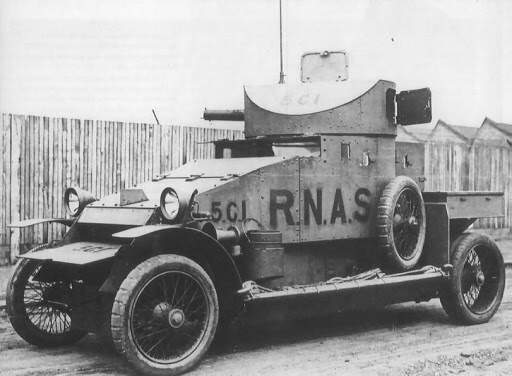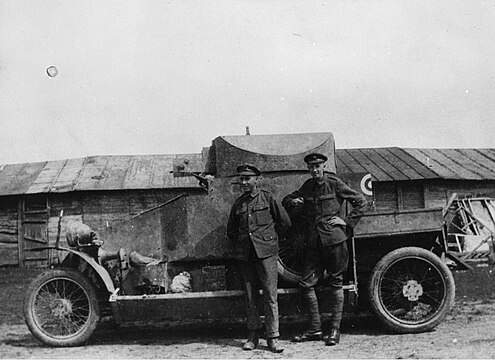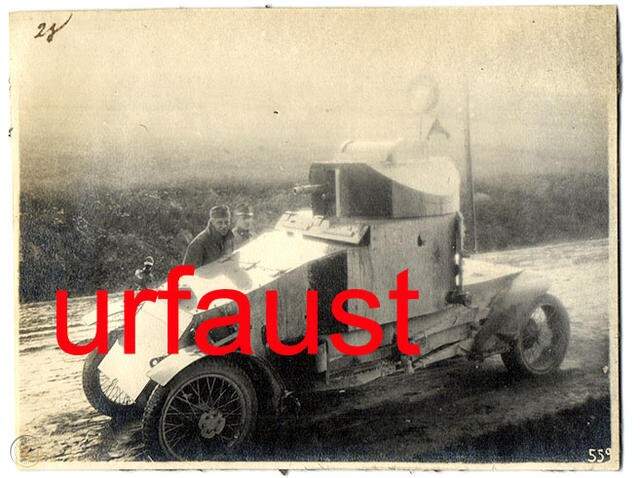Looking good so far! Following this…
Cheers,
C.
Looking good so far! Following this…
Cheers,
C.
Thanks Charles, welcome aboard.
It’s a fun little kit.
Should have also mentioned I made a couple of subtle bends the front mudguards. Most of the photos I was using as reference show a little damage and deforming. Can’t imagine those thin sheet metal guards would have stayed in perfect shape for long!
Looks great Stephen. I’ve been following along too…
Nice! Looking forward to seeing more!
Thanks guys.
It’s on the home stretch now.
Currently doing a bit of research into the petrol can racks you sometimes see fitted to the left side next to the bucket. I think these were put together in the depots as they all seem a bit different in size, quantity of cans and restraint straps or bars.
Good news is I have lots of POW cans in the spares from various WW2 sets. While these cans were despised by tank crews for their fragility, I am somewhat thankful they were kept in service for so long, otherwise WW1 era stowage would be non-existant!
It was mainly the 4 Gallon square based ones, called flimsies, that were problematic.
The 2 Gallon POW can (Petrol, Oil, Water) were reasonably study and better designed. These would be the ones you are using.
Often used as tghe water cooling can for the Vickers MG
Yeah it’s the smaller 2gal cans.
Thanks for the info. I had long thought that both were equally as c*#p given how quickly they disappeared once British crews got their hands on Jerrycans.
Fuel/oil cans is a whole new facet when you look into them.
It was mainly because the Jerrycan design was so much better than the Flimsy that it was copied.
The flimsy did have one redeeming attribute, cut in half and filled with fuel soaked sand, they made a great burner for heating the contents of a container on top - known as a Benghazi Burner.
The 2 gallon cans were still kept in use though, for oil, not petrol or water. The basic design continued for many years in commercial use.
Thanks.
An old Churchill driver once told me about the petrol can cookers. Said it made everything taste of petrol!
Little work today.
Again using CSM’s etch set as reference, I made up the rear mud guards from some plastic tubing. Also added the sheet metal panels to the sides of the cargo bed. Looking at photos, not every car had these fitted. Could have been a field workshop fit. It makes sense as they would keep mud, water and other rubbish getting splashed up inside.
Spent this afternoon building the petrol can racks.
Needs a little tidying up, but happy with how they turned out.
Should be ready for a little paint tomorrow.
I could say something about the rack being nice, but it might be misinterpreted…
Ha!
You know it never occurred to me, and I’m coming from the Rik Mayall school of double entendres and innuendo!
I’m Catholic, but we still found humor such as this:
If I could travel back in time, I would go to the Inquisition. I heard the women had nice racks.
Got some paint on.
I used Vallejo Modelair Ocean Grey over a primer coat of their Dark Panzer Grey. The headlight surrounds and radiator cap got a brush coat of Mig Ammo Old Brass.
The joint between the tire and wheel hub is crisply moulded, so just used capillary action to pull the paint around the rim. Gave me a nice neat line. I used Vallejo’s Tire Black. Has a slightly dark brown/grey shade that looks about right for these older tires.
Thanks for looking.
Looking great Stephen. The brass looks very effective against the grey.
The tyre colour is a nice contrast to the more common cream coloured natural rubber ones most modellers do.
Thanks.
Was a bit unsure about what to do the tires. The instructions just show black and don’t really recommend a colour. They look dark in the old photos I found, so guessed it would look about white. Never really occurred to me when black tires would have come into use!
I need to get back onto the ICM Model-T Armoured Car when this is done. That one does need the cream tires with black tread.
Carbon Black was added into the rubber compound mid war. Sources vary on actual dates and of course, each manufacturer commenced at different times. Either way, a late war vehicle would definitely have been issued with them, as the pure cream coloured rubber ones wore out very quickly - the Carbon makes them last up to 10 times longer, which is why it is added. Personally I would have made them a little darker, but that is only due to the old photographs where colour is not well depicted anyway.


A Russian One captured and used by the Germans:

Thanks. The colour is a bit translucent, it’s the airbrush range, so should darken after the second coat. Bit of mud and muck should help too.
Thanks for the information. Will be very useful. I’ve also got their Romfell so that would definitely have the older pale tires. Although it does raise an interesting question as to when or if the Central Powers did the same thing later in the war? The answer to one question always leads to another!
Now isn’t that the truth! There are photos which appear to show dark tyres on German and Austro-Hungarian Armoured cars but grainy photos really can be interpreted differently.